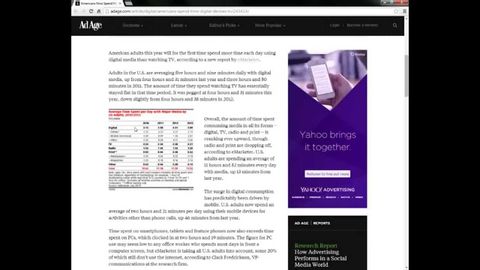
字幕と単語
マーケットセンシング。経済 技術 規制 自然 (Market Sensing: Economy Technology Regulatory Natural)
00
Jack が 2021 年 01 月 14 日 に投稿保存
動画の中の単語
environment
US /ɛnˈvaɪrənmənt, -ˈvaɪən-/
・
UK /ɪn'vaɪrənmənt/
- n. (c./u.)環境;環境;自然環境;(コンピューター)環境;社会環境
A1 初級TOEIC
もっと見る エネルギーを使用
すべての単語を解除
発音・解説・フィルター機能を解除
